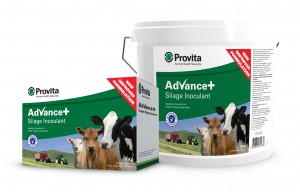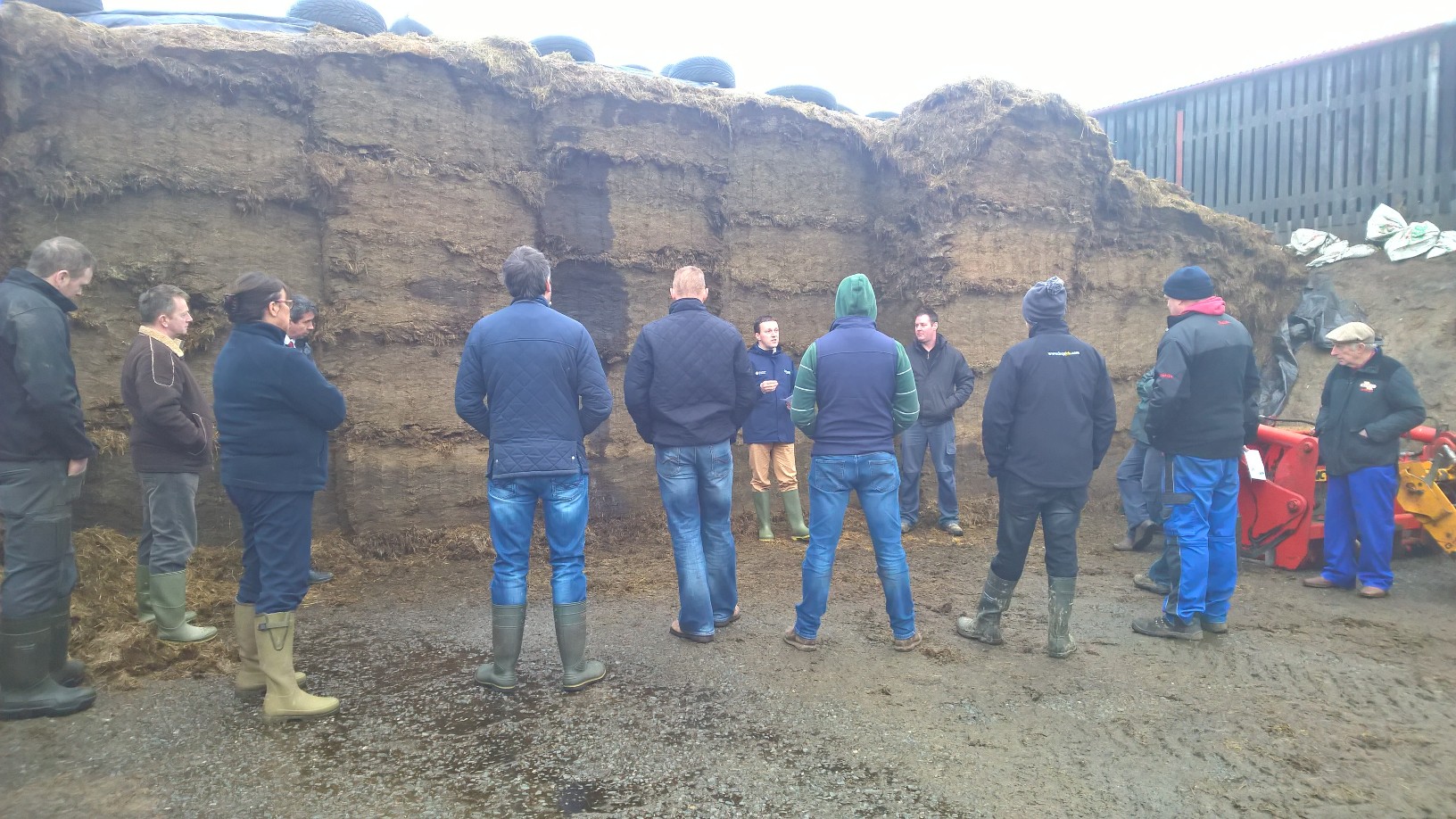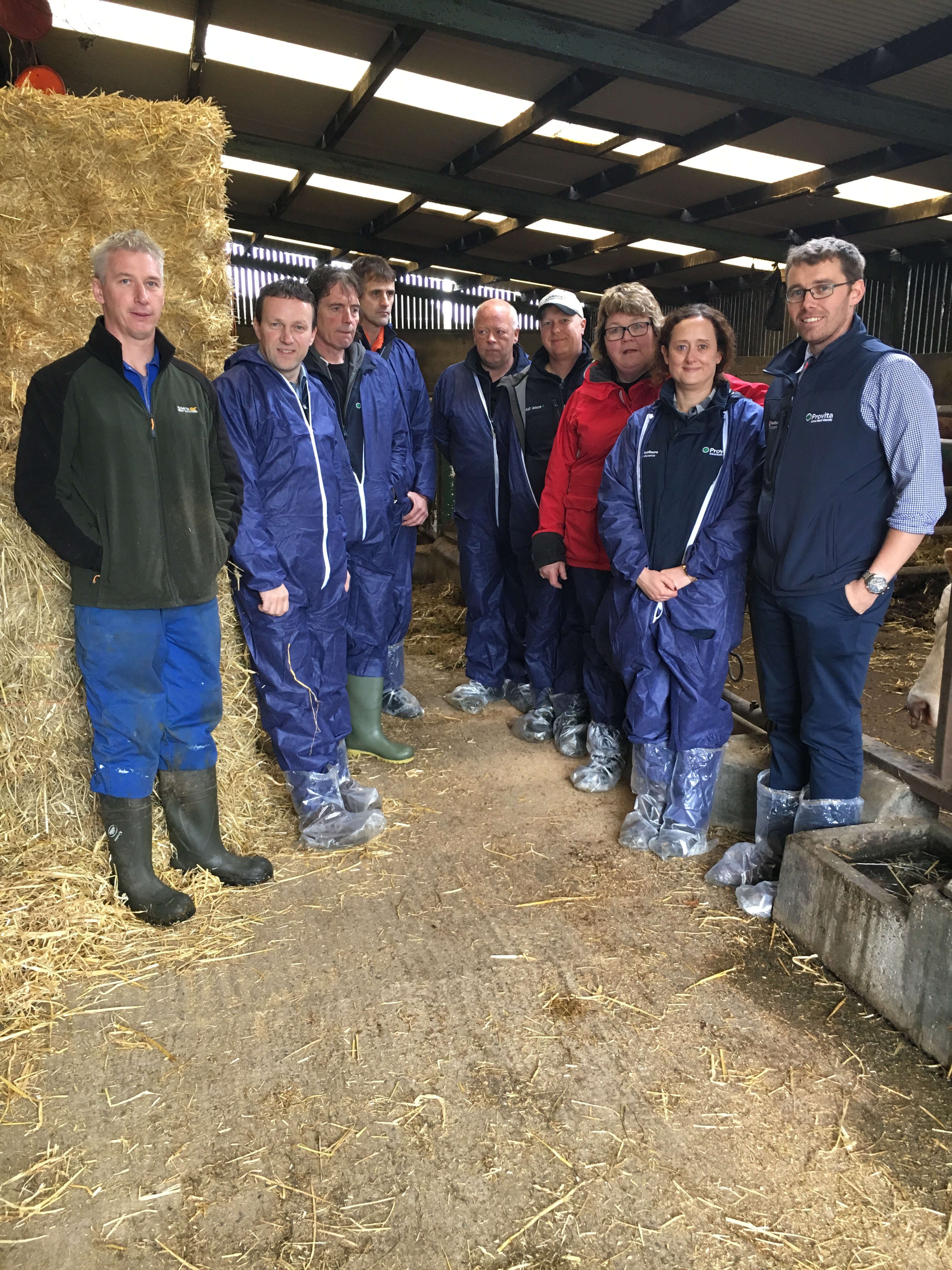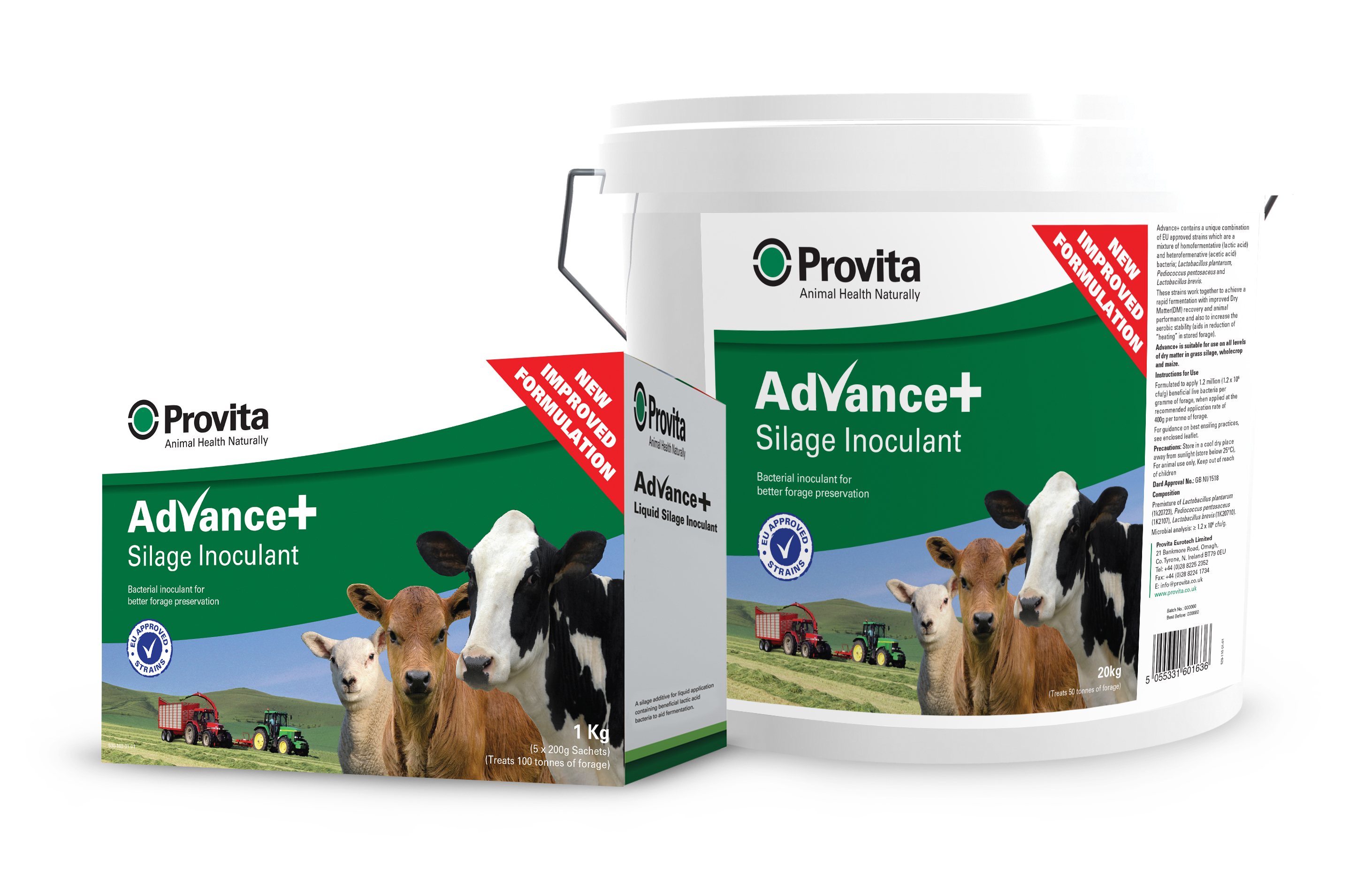Provita Advance+ is available in liquid and granular form. The ready to use granular product is available in 20kg tubs that treats 50 tonne and is applied at 400g per tonne treated. The 1 kg powder to liquid box treats 100 tonnes of silage. Advance+ liquid is a ready to use product and can be applied at standard 2L per tonne treated down to low-volume 40ml per tonne.
INOCULATE TO ACCUMULATE: The latest technologies explained
The good news for the dairy farming industry is that the Agricultural Price Index indicates that input cost inflation has eased. However, input costs remain historically high and with falling milk prices profit margins are being squeezed. The continuing uncertainty about changes to agricultural subsidy schemes is leading producers to review their future, and the … Read more




